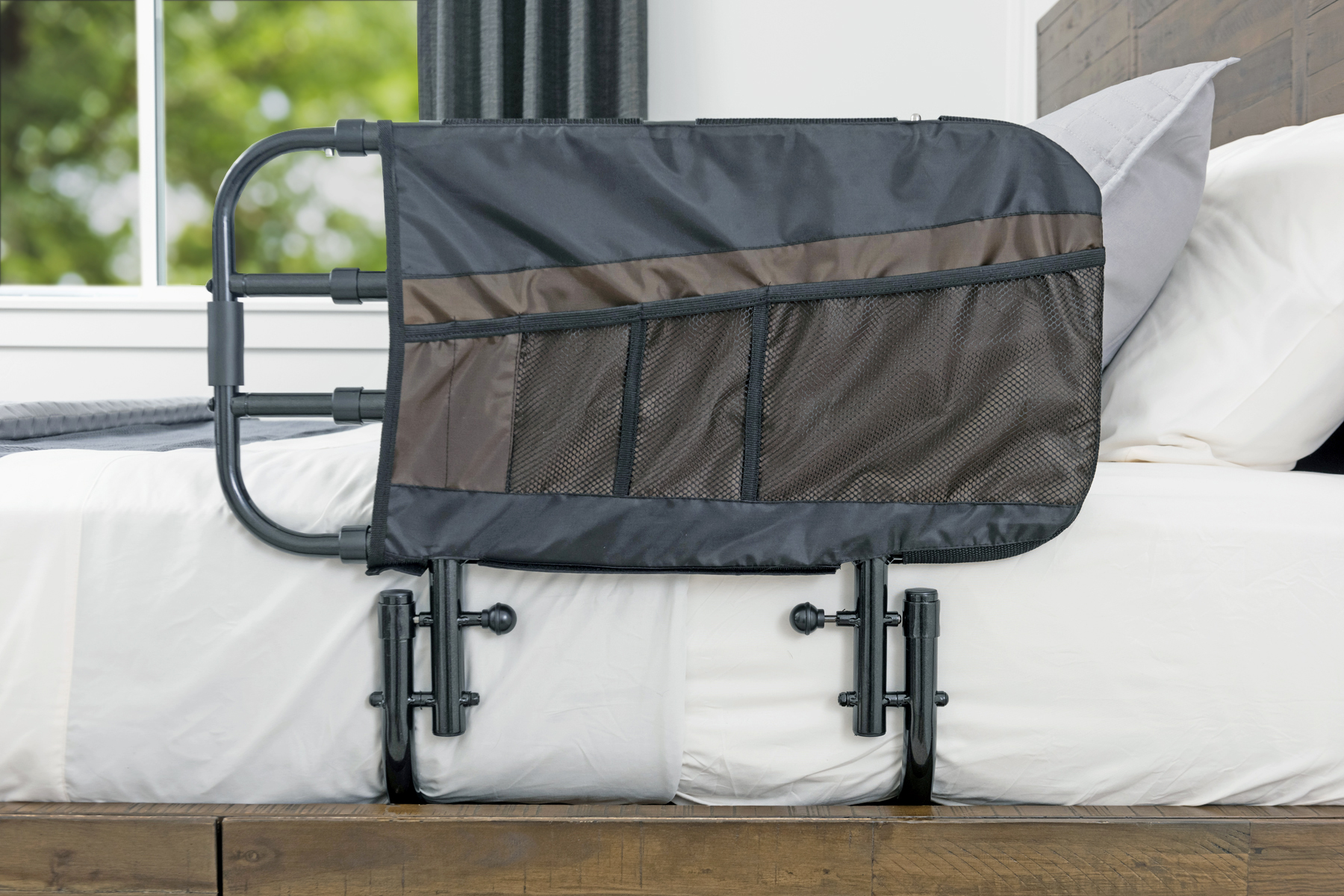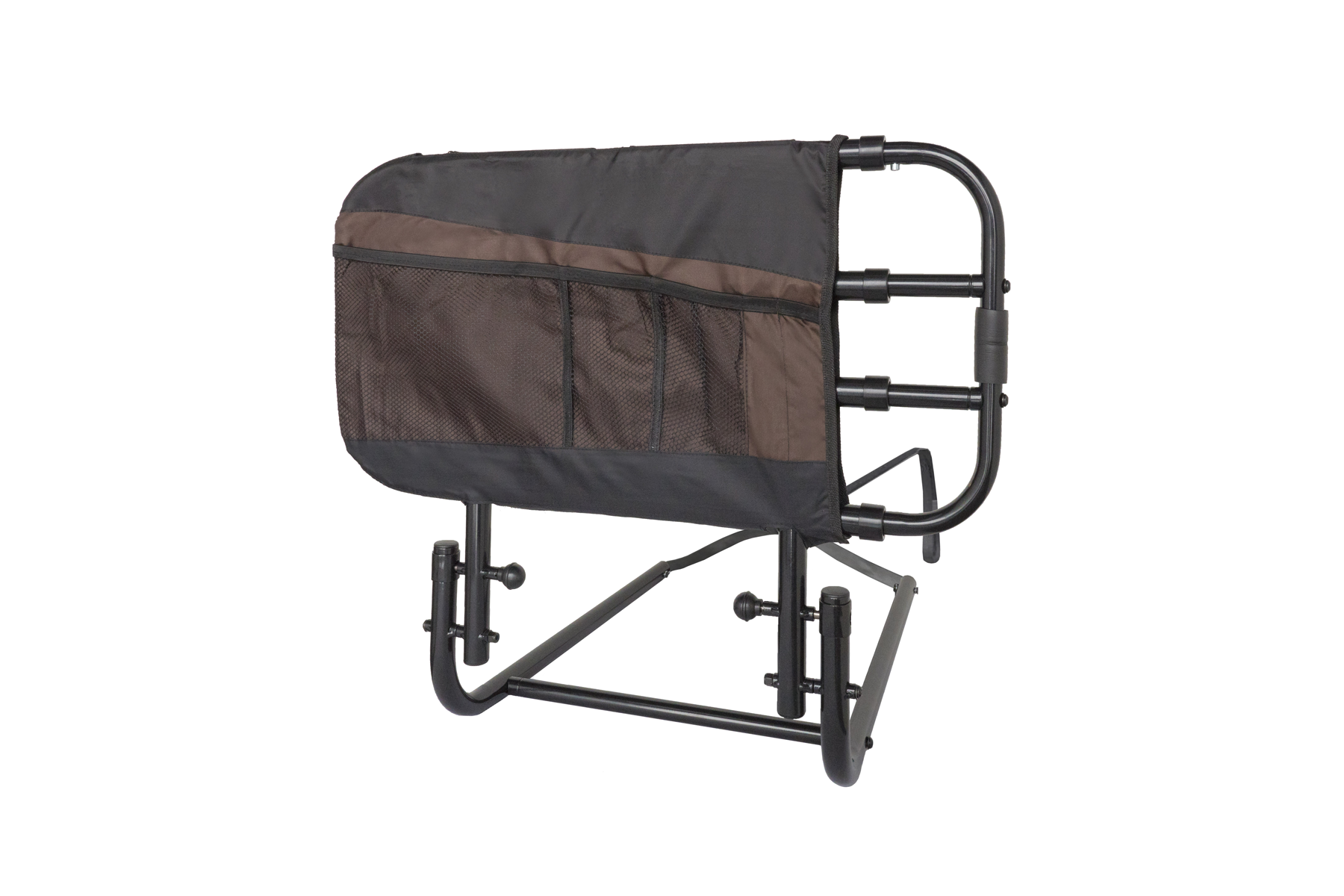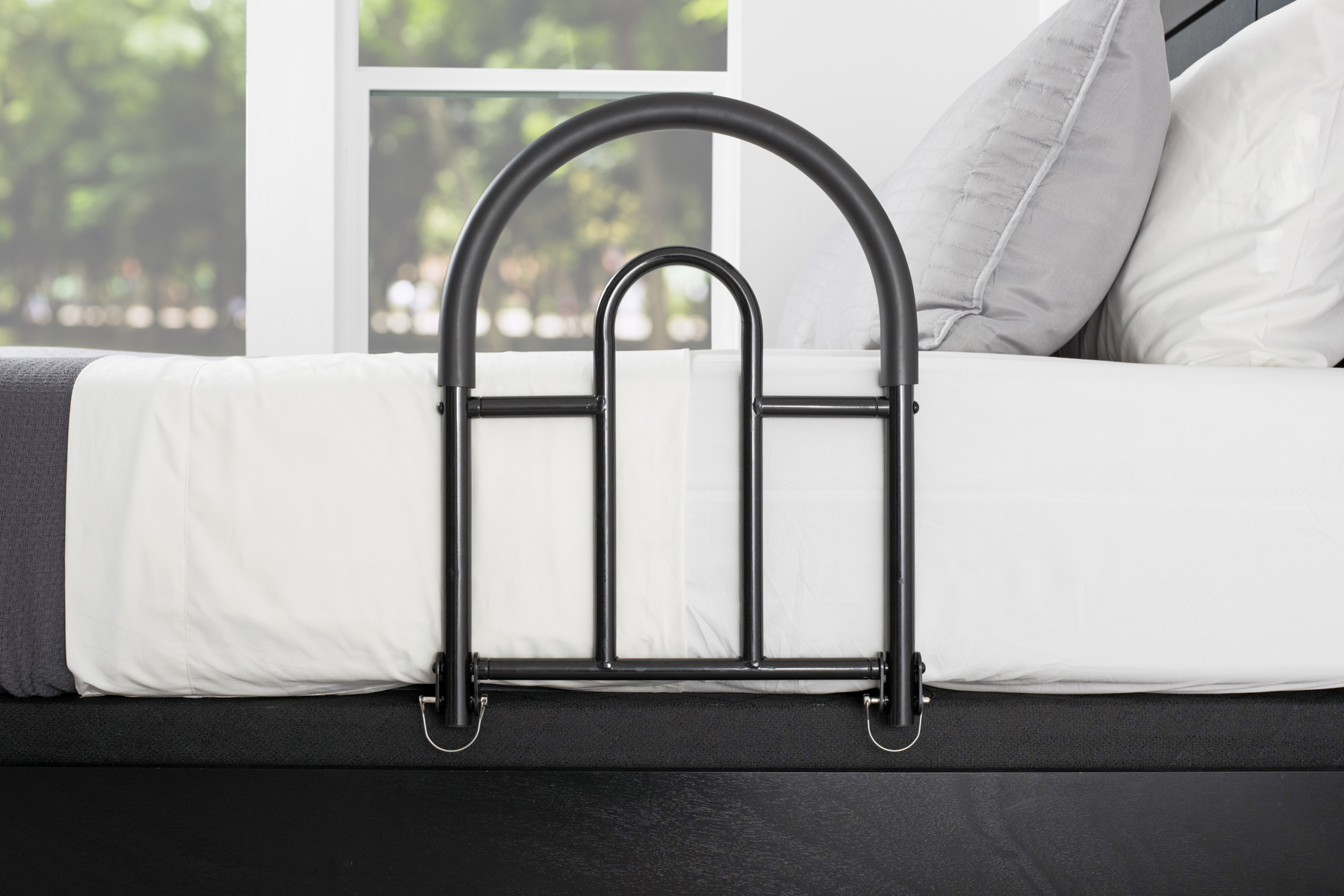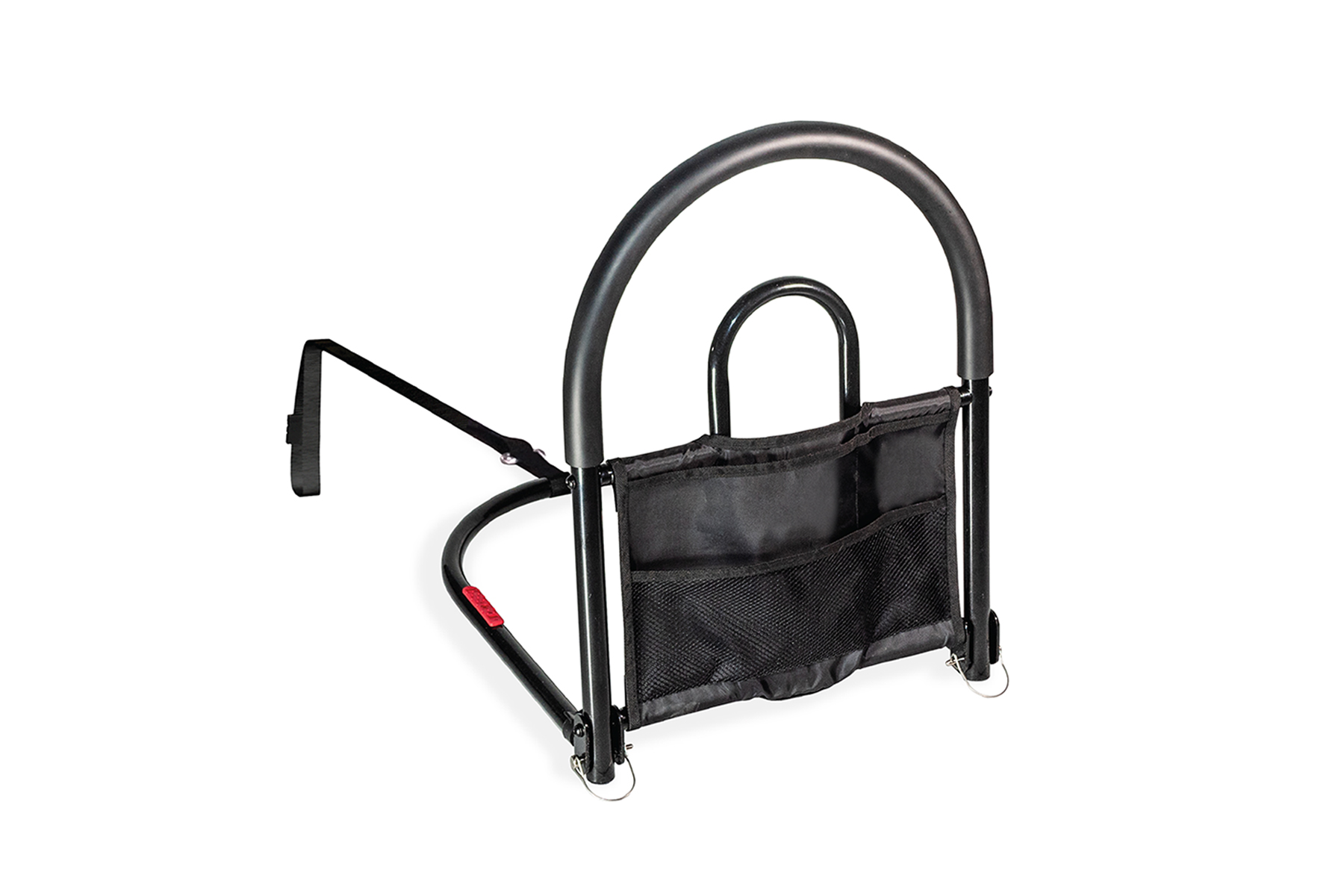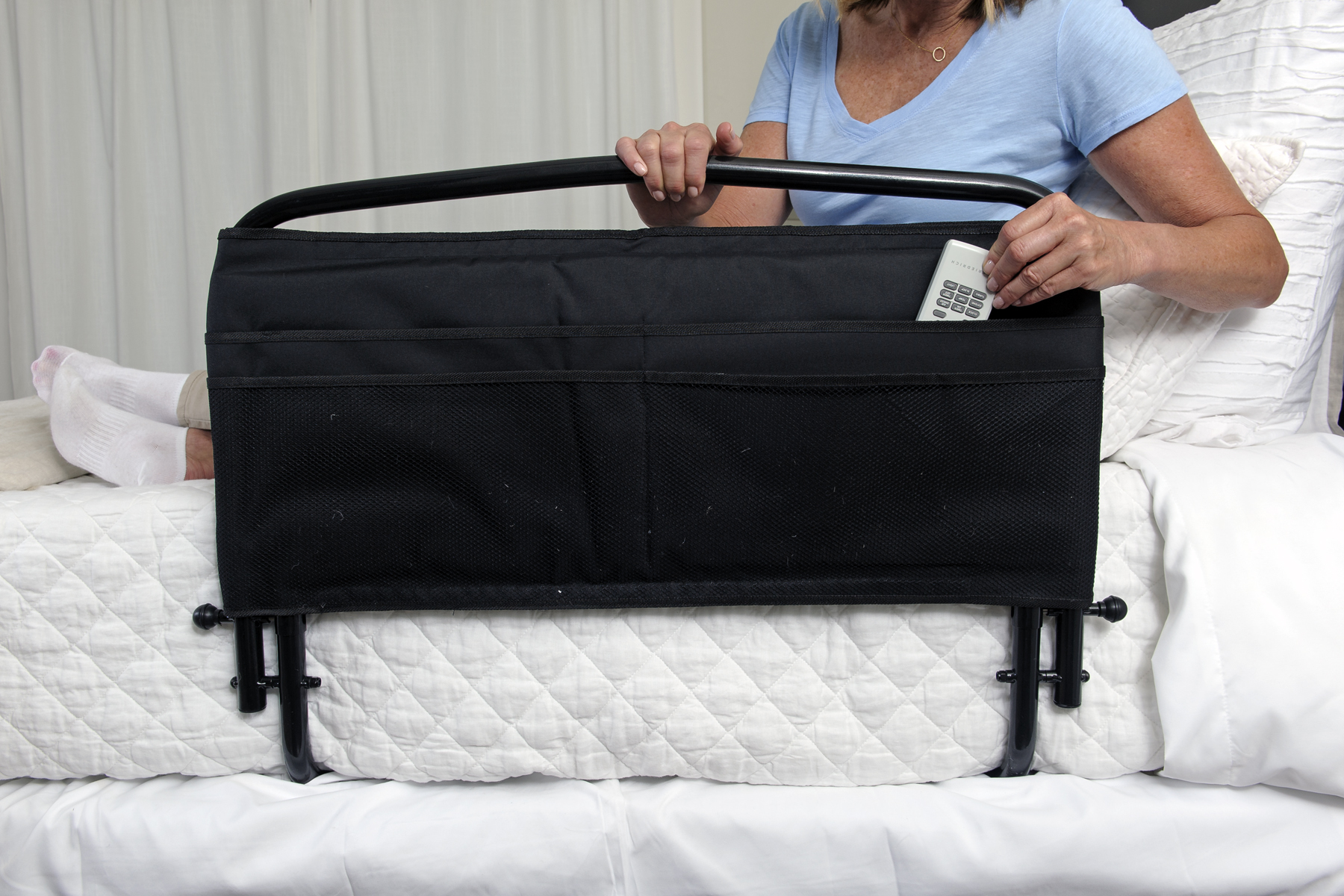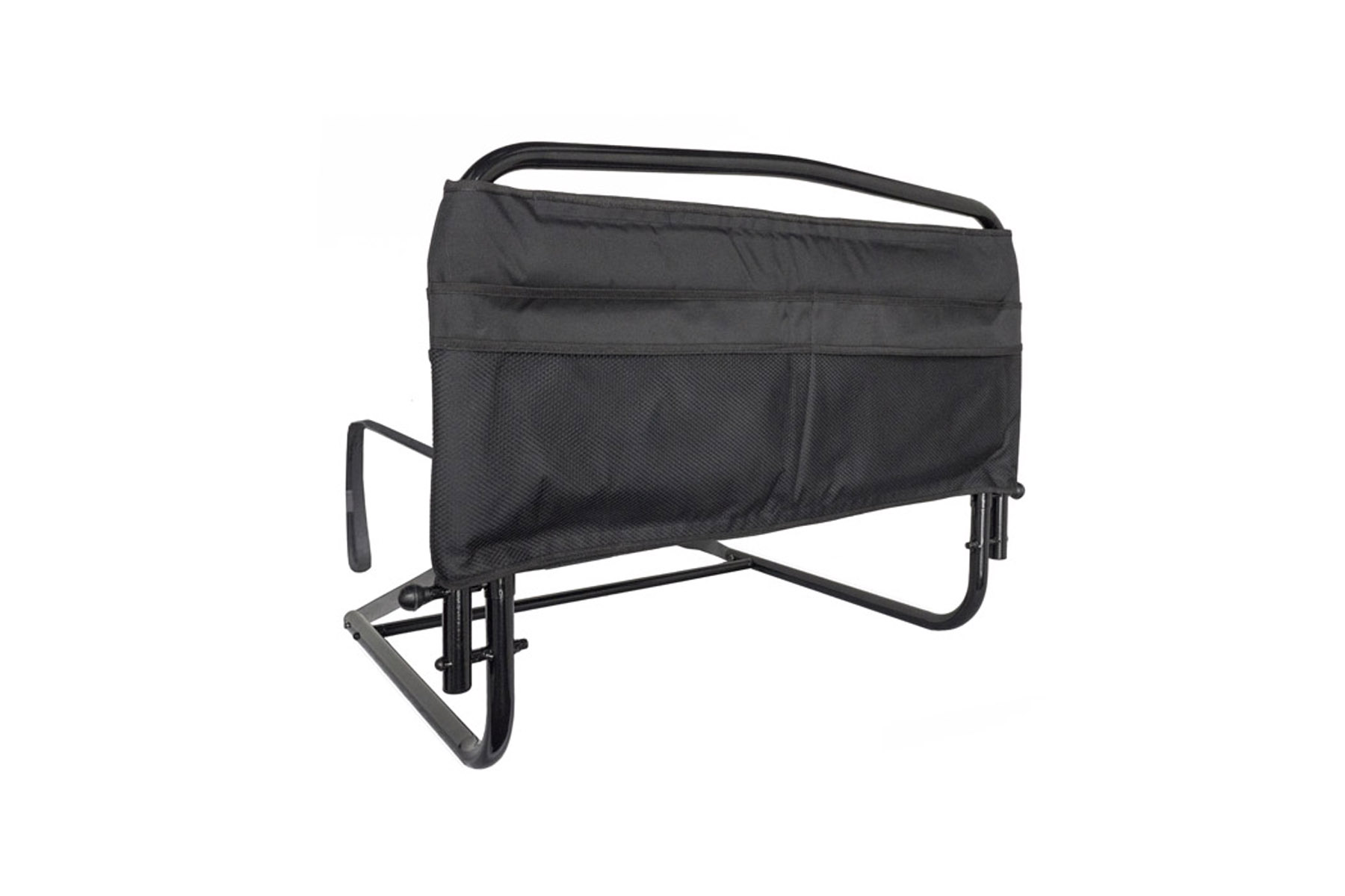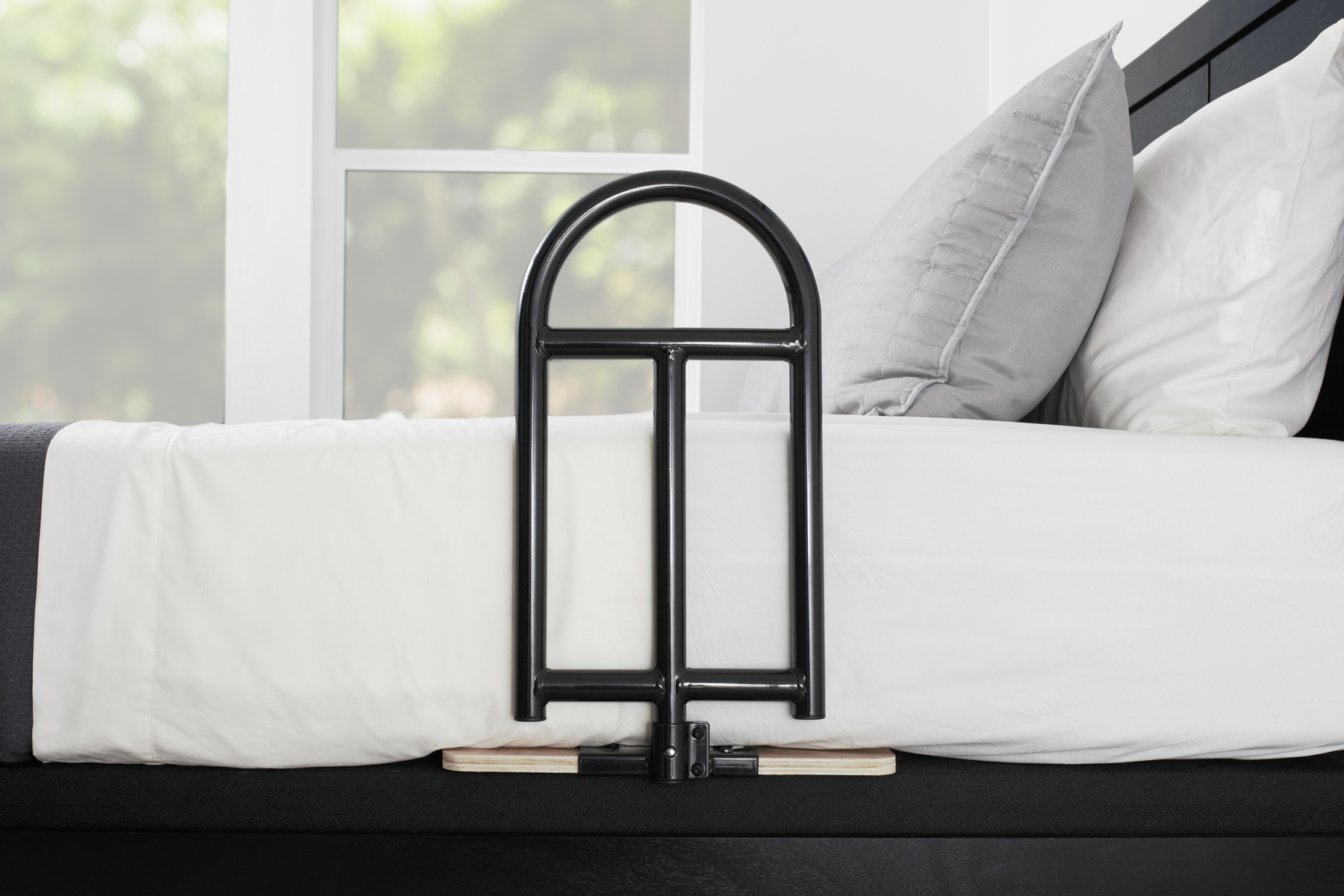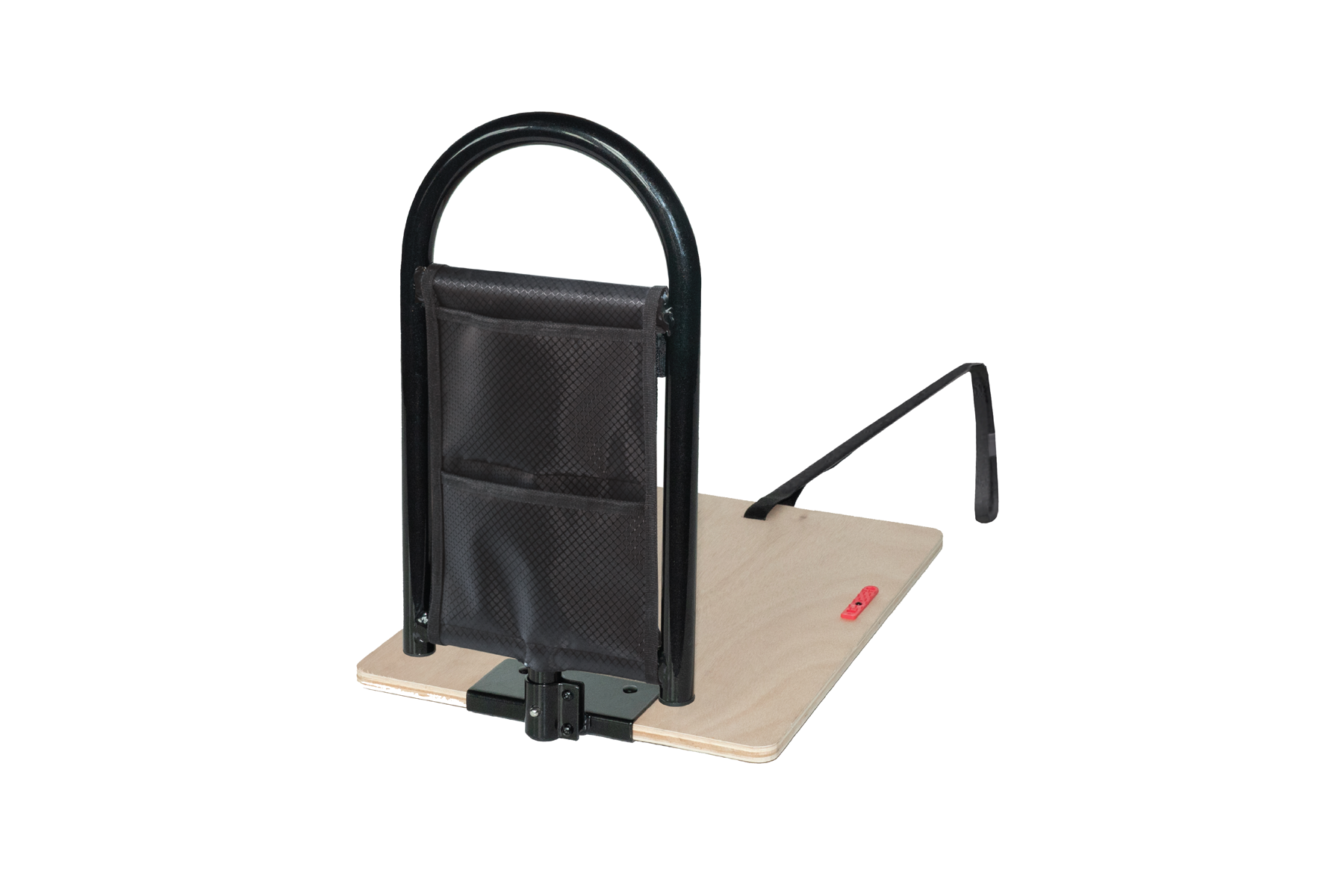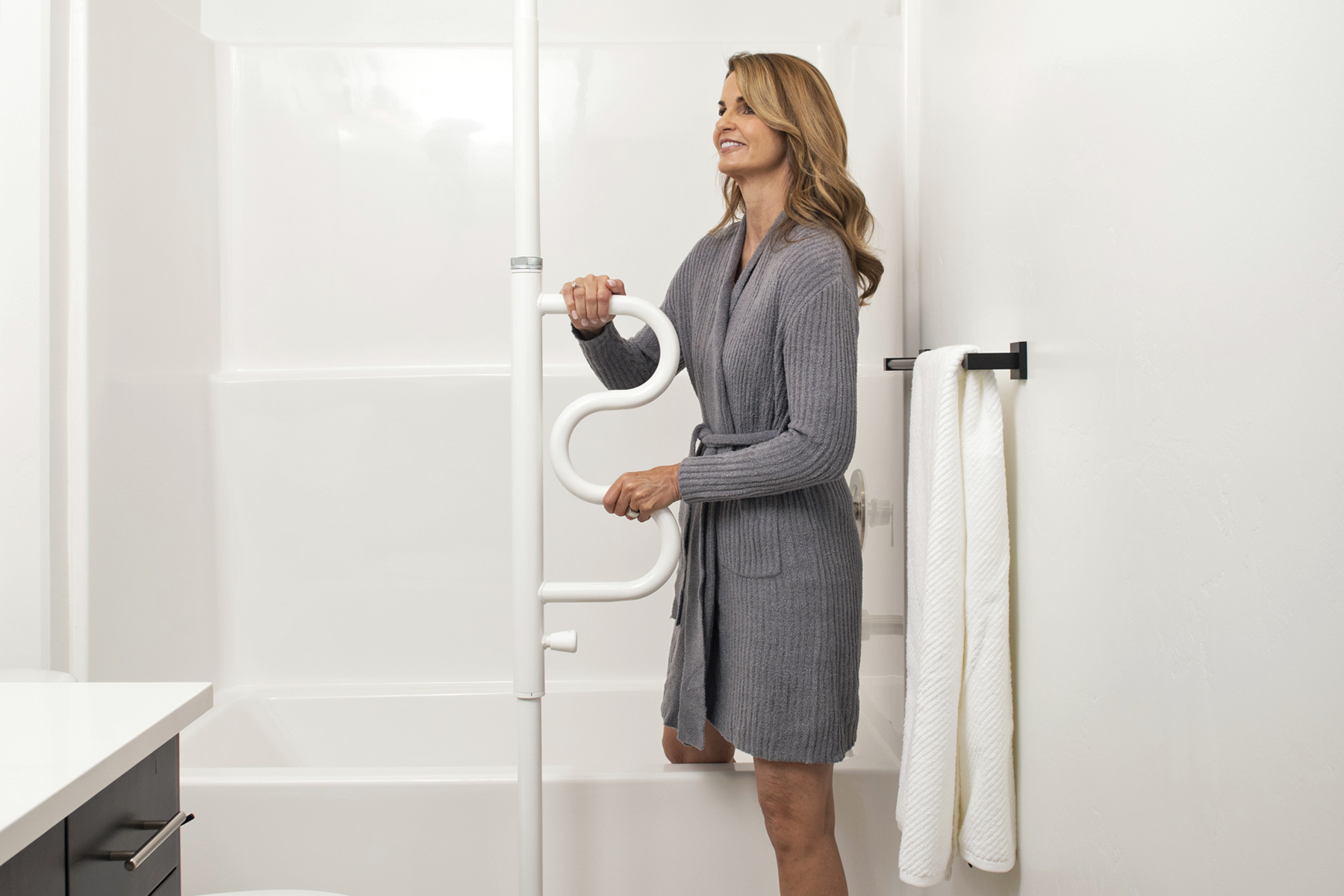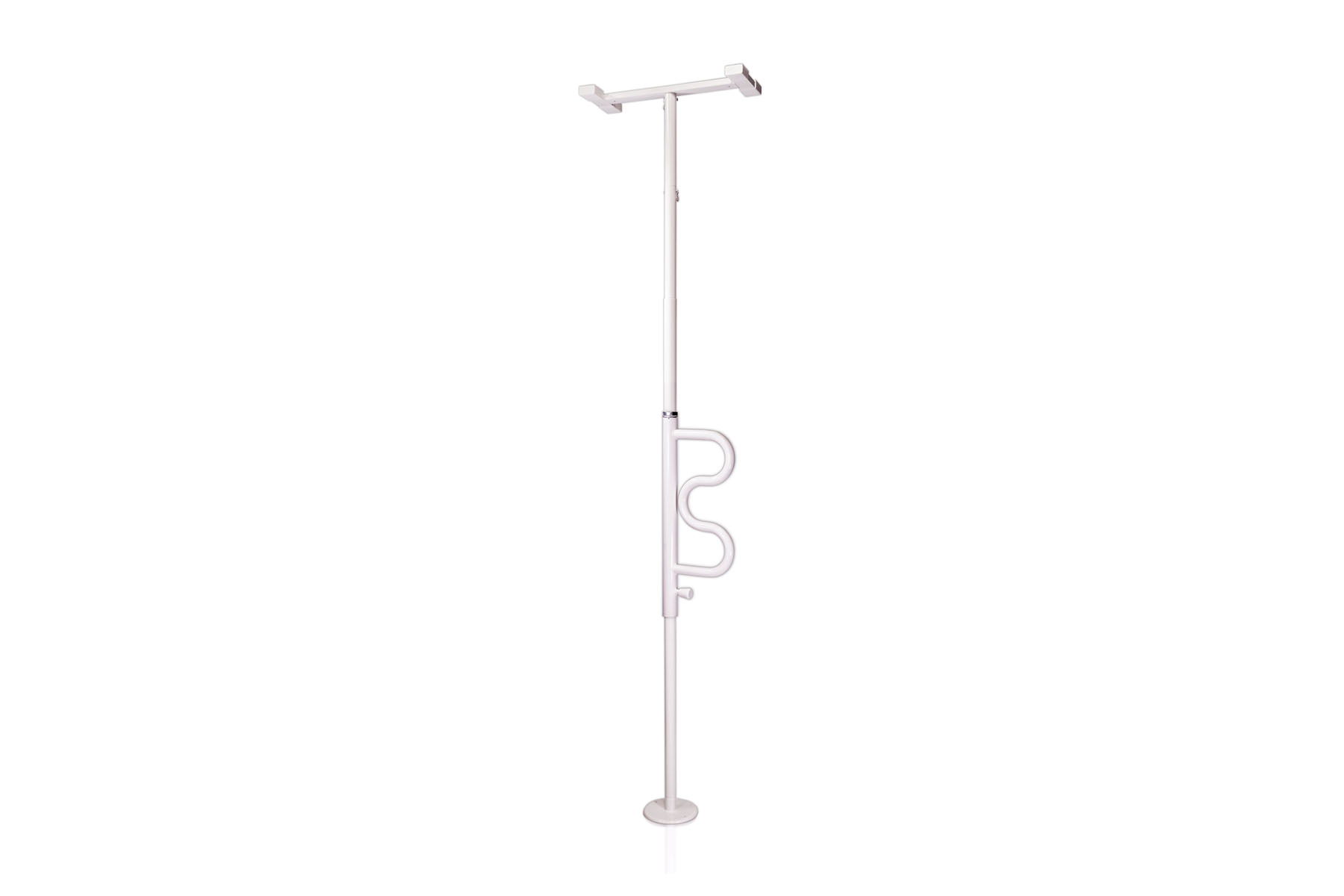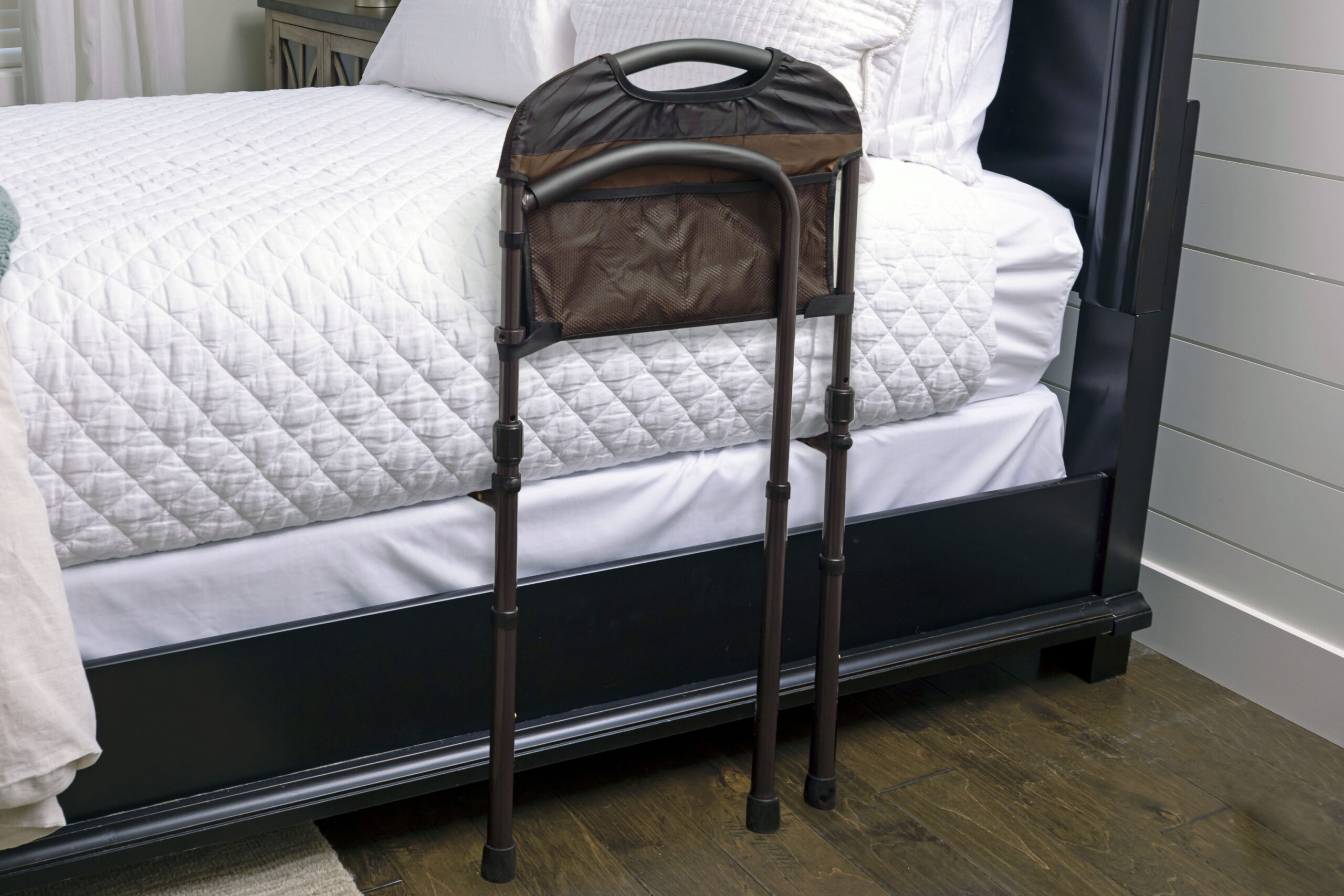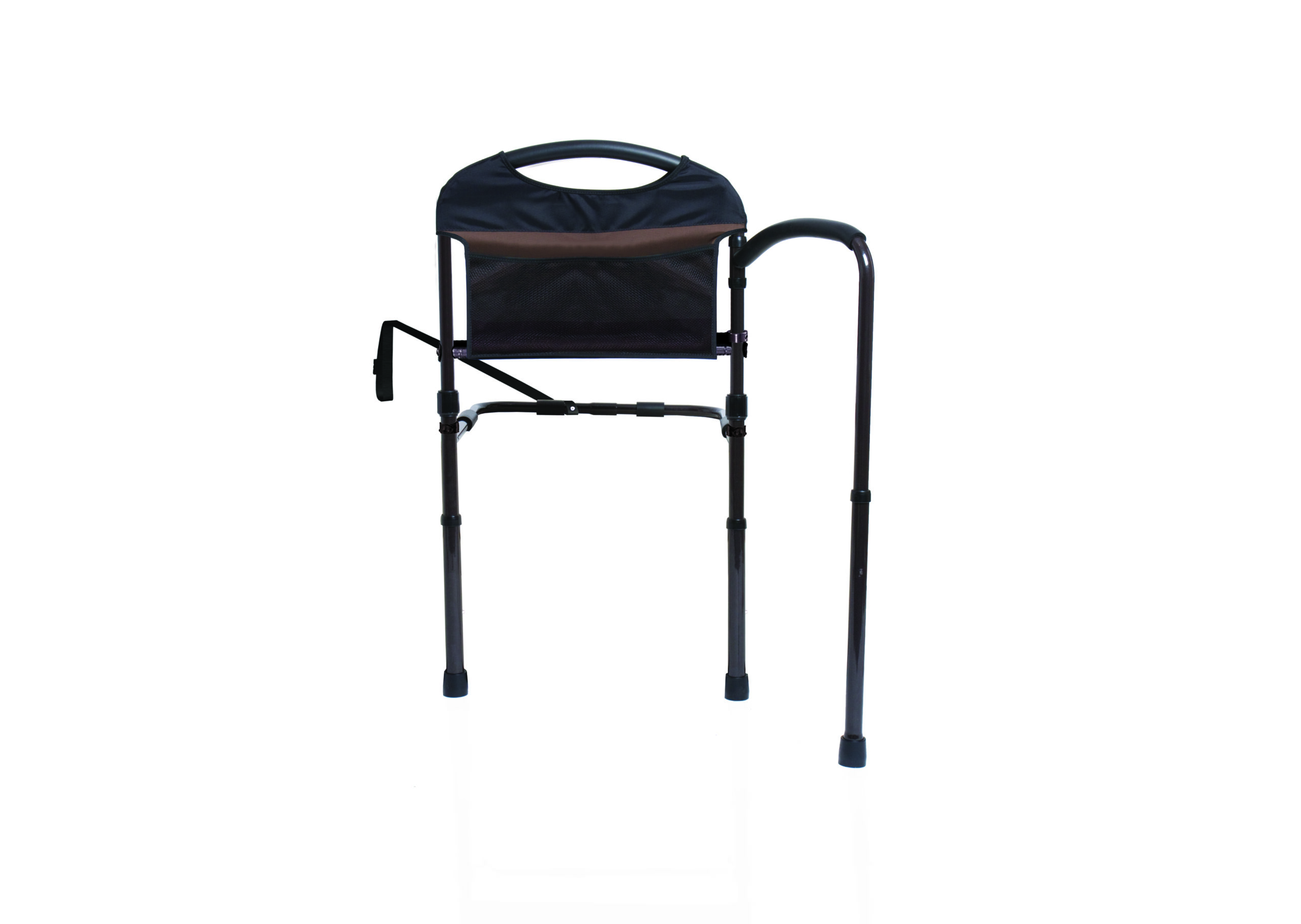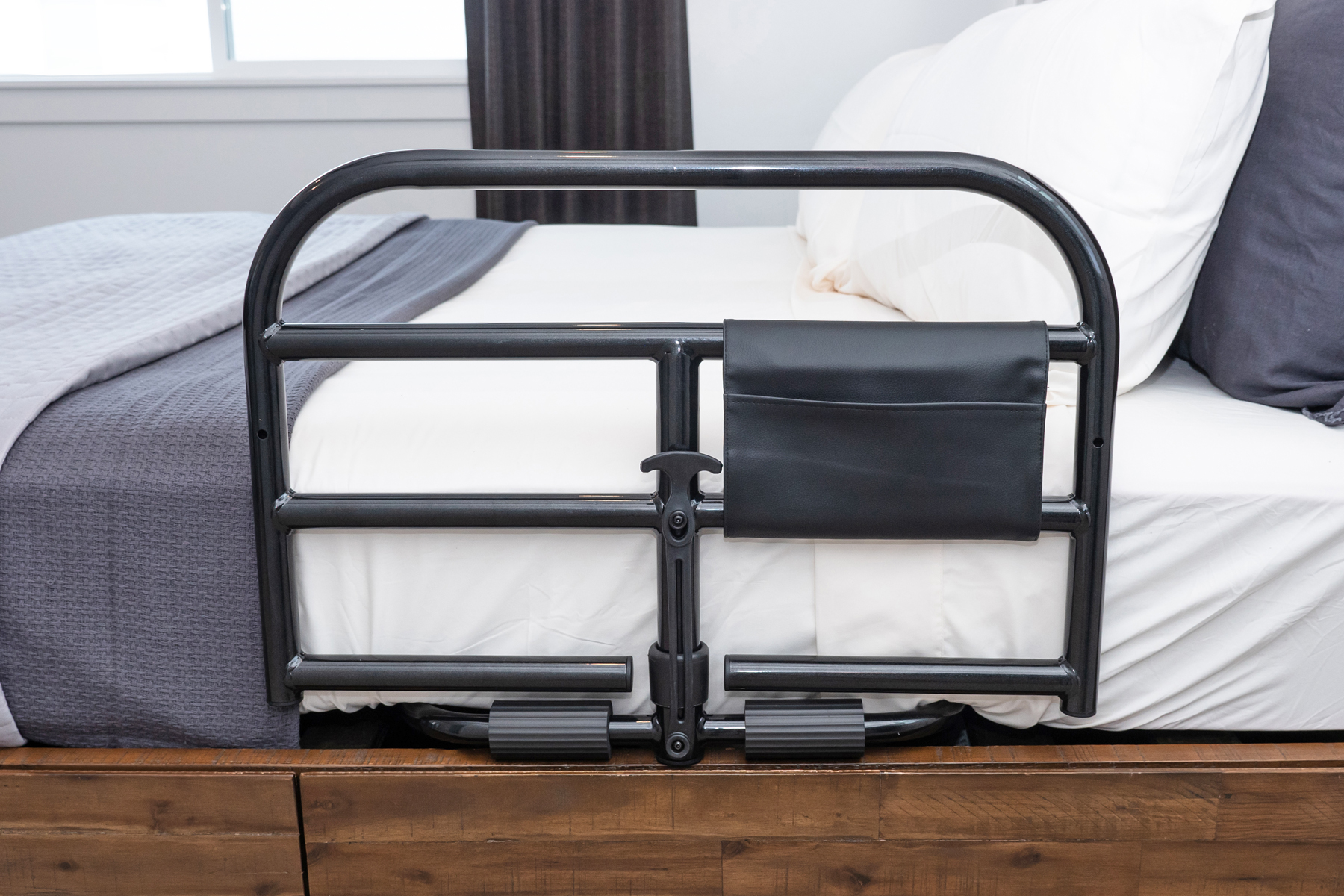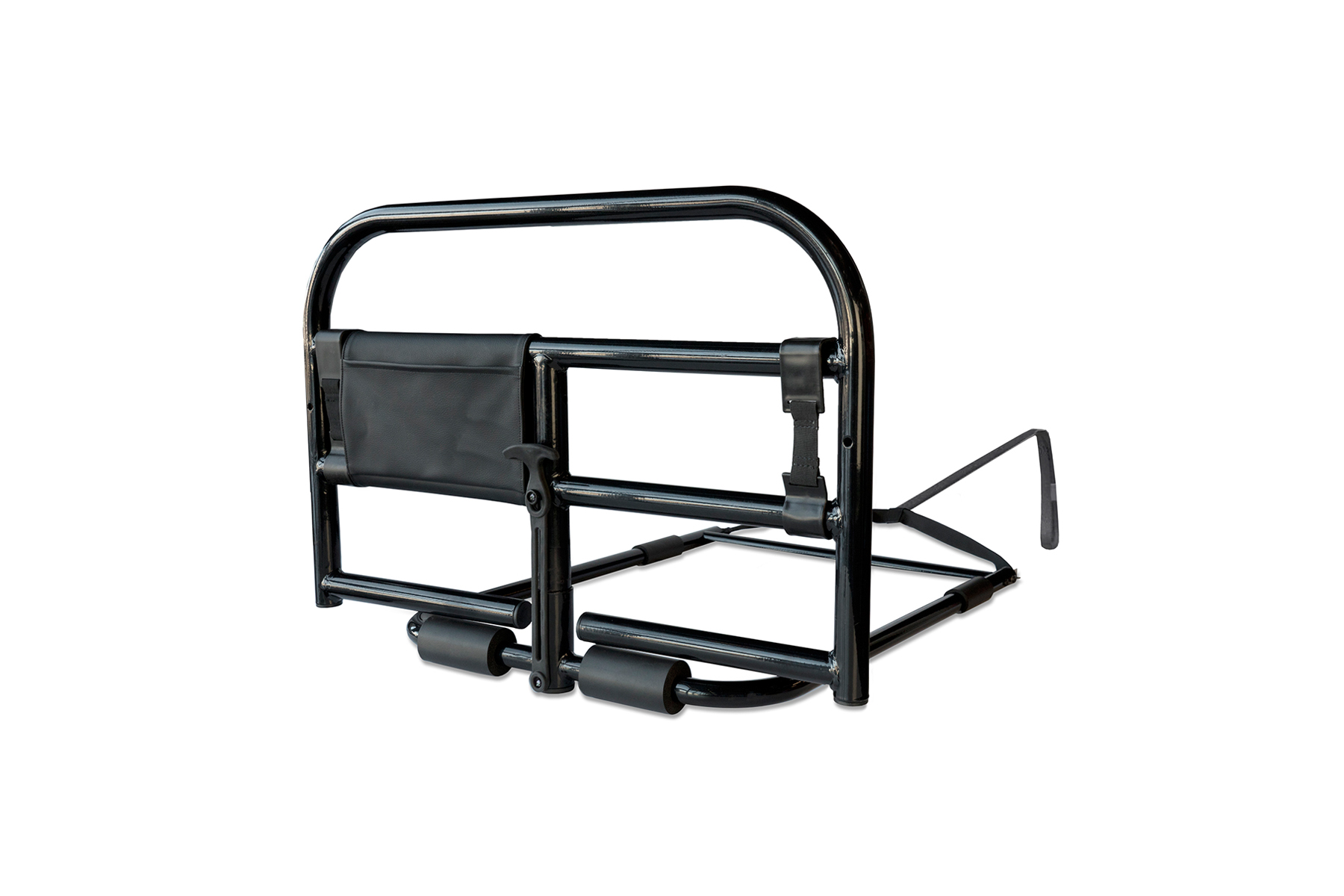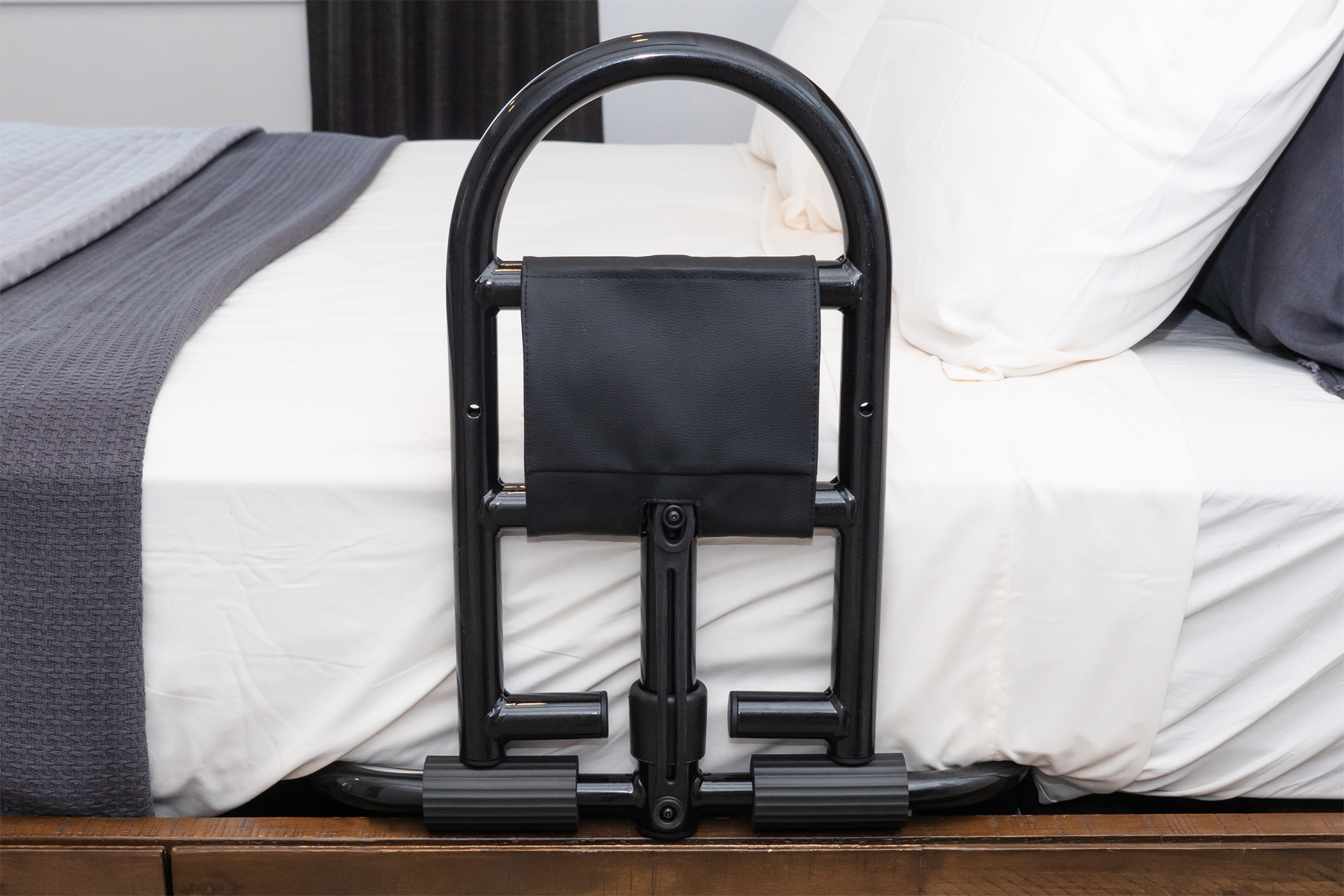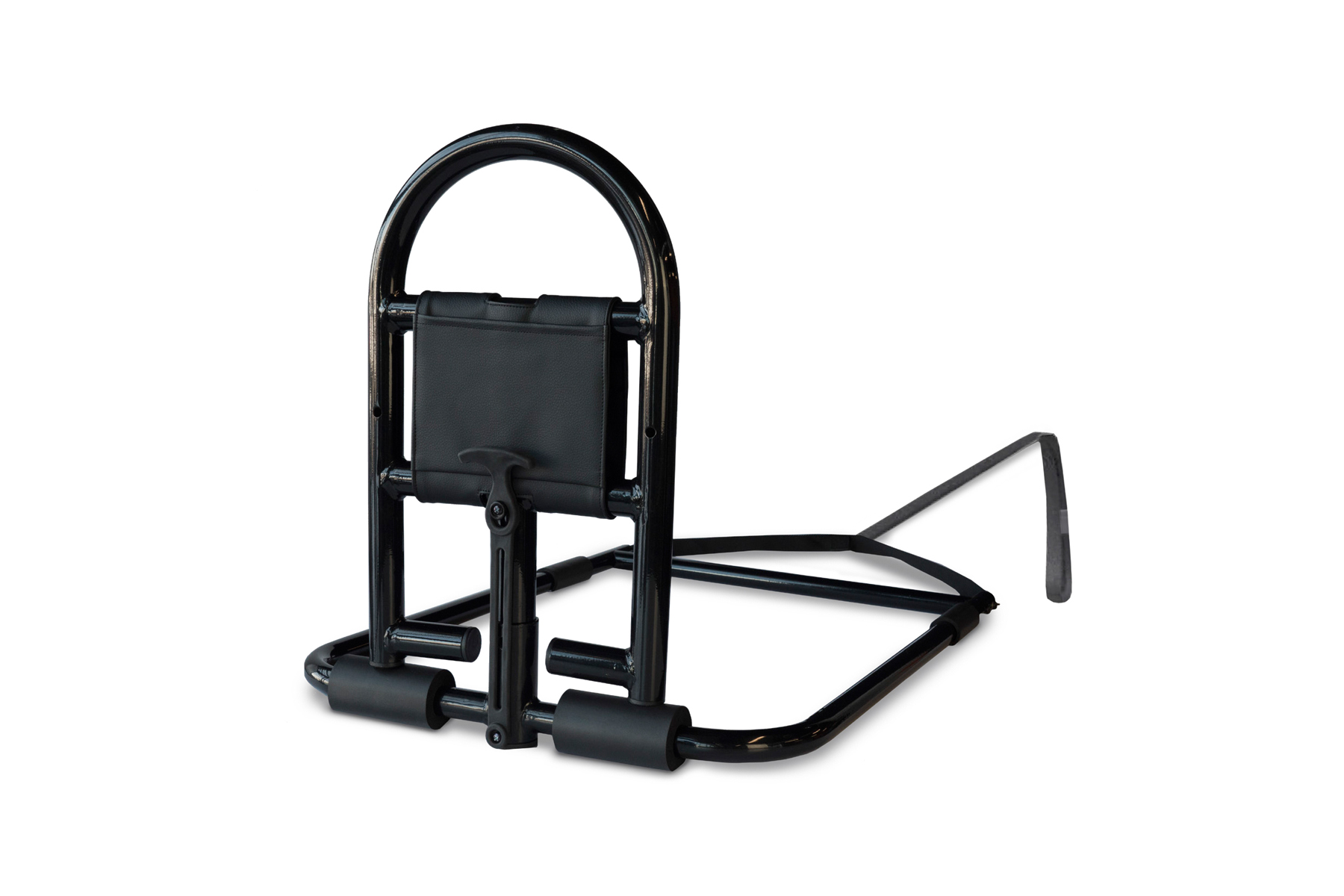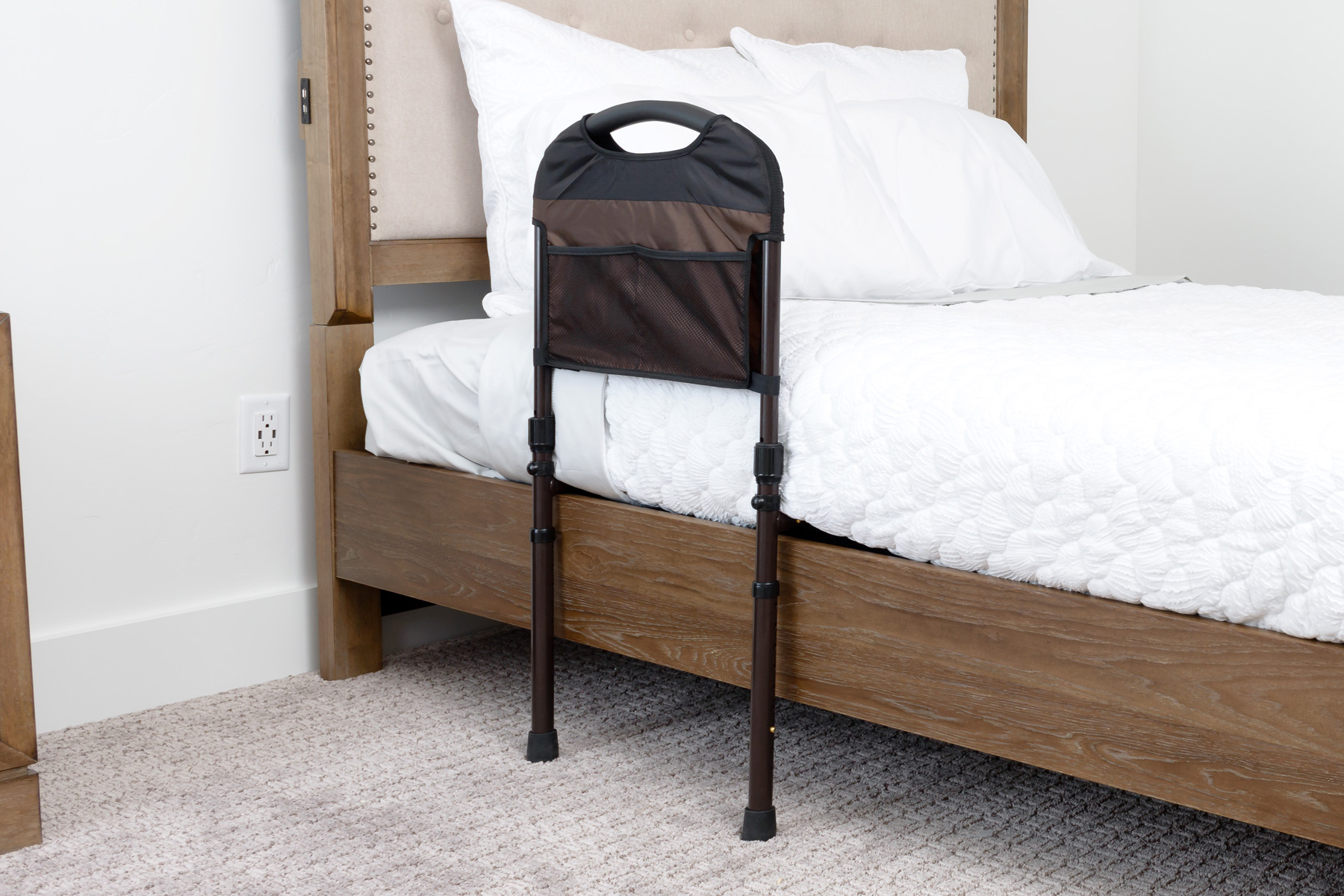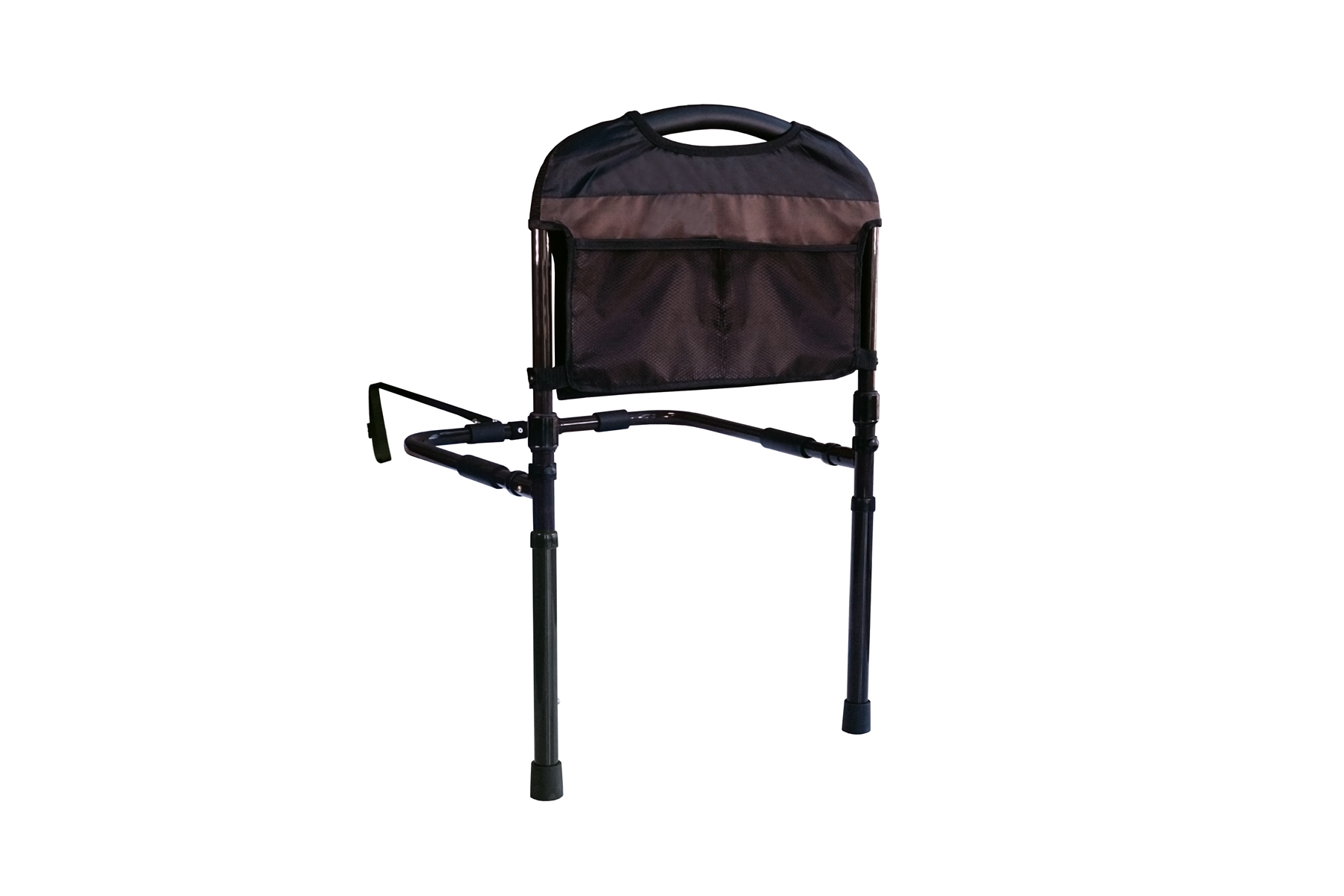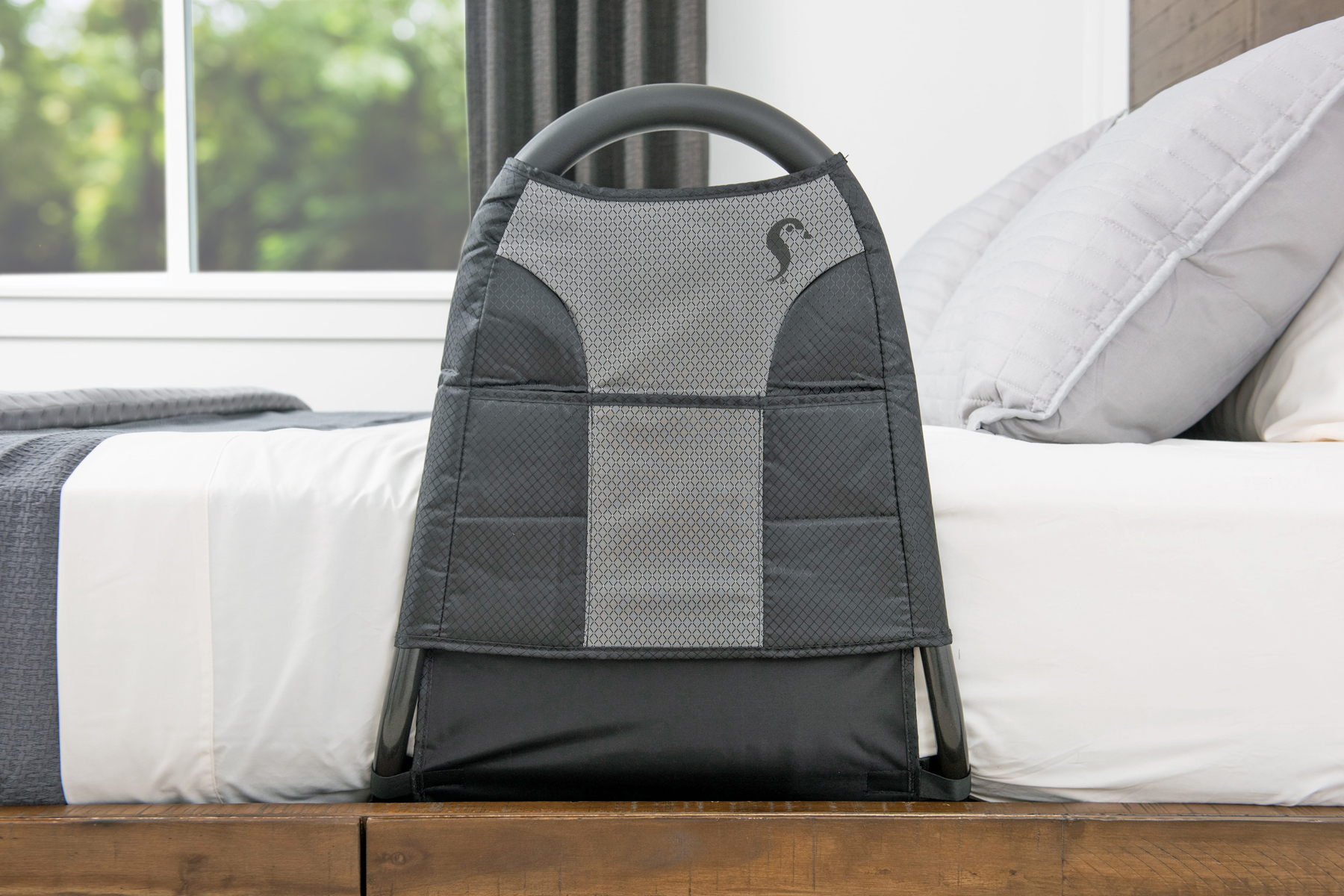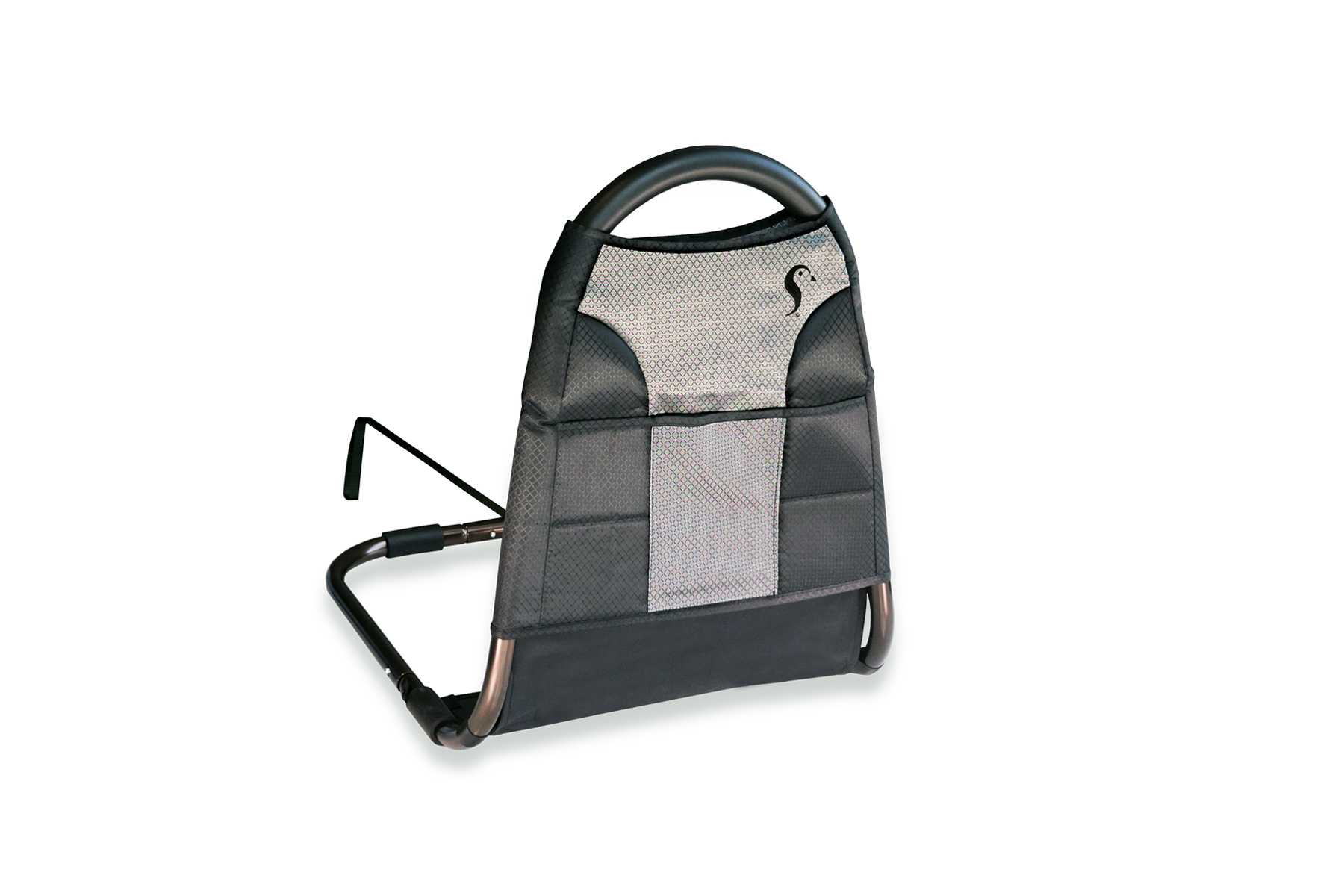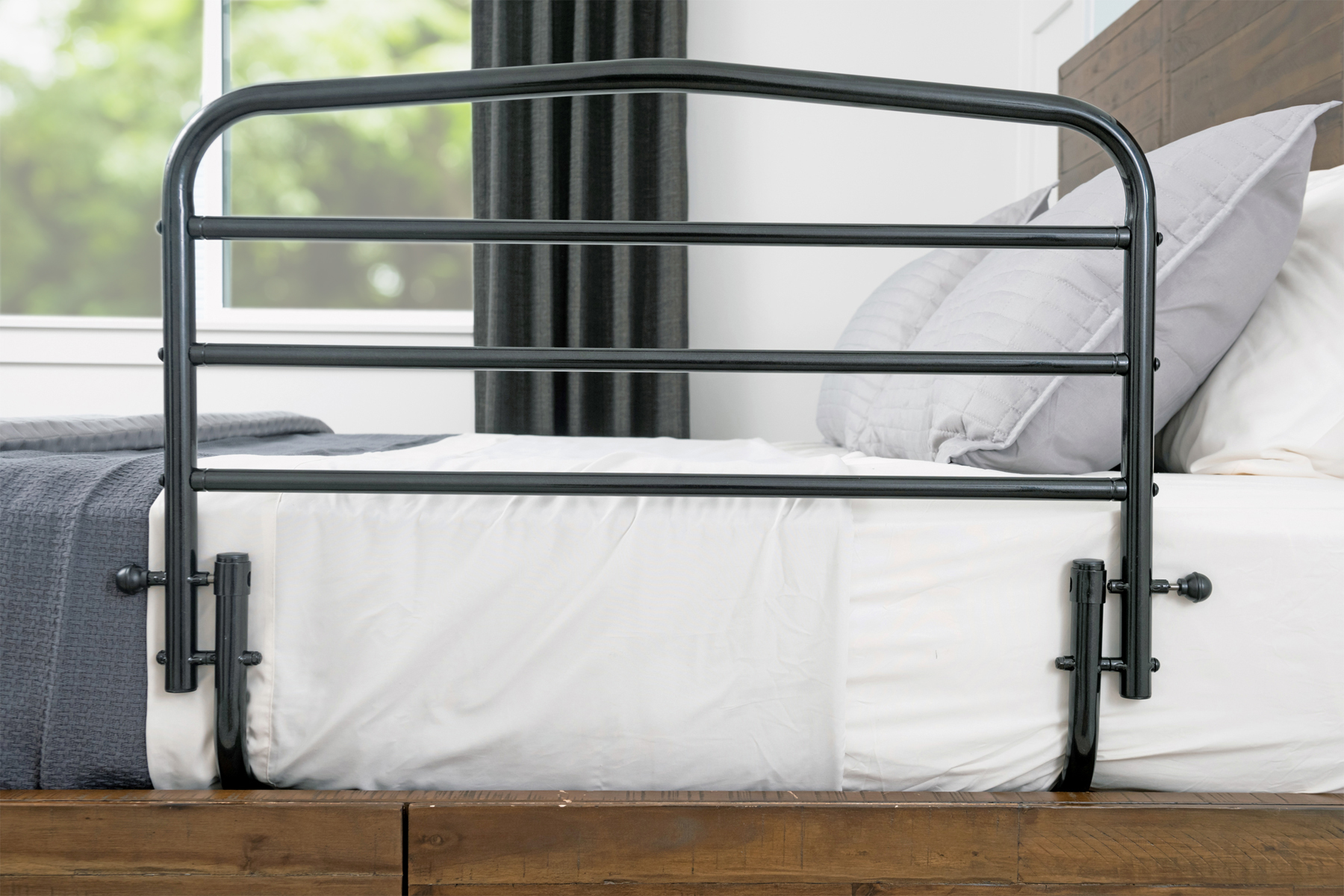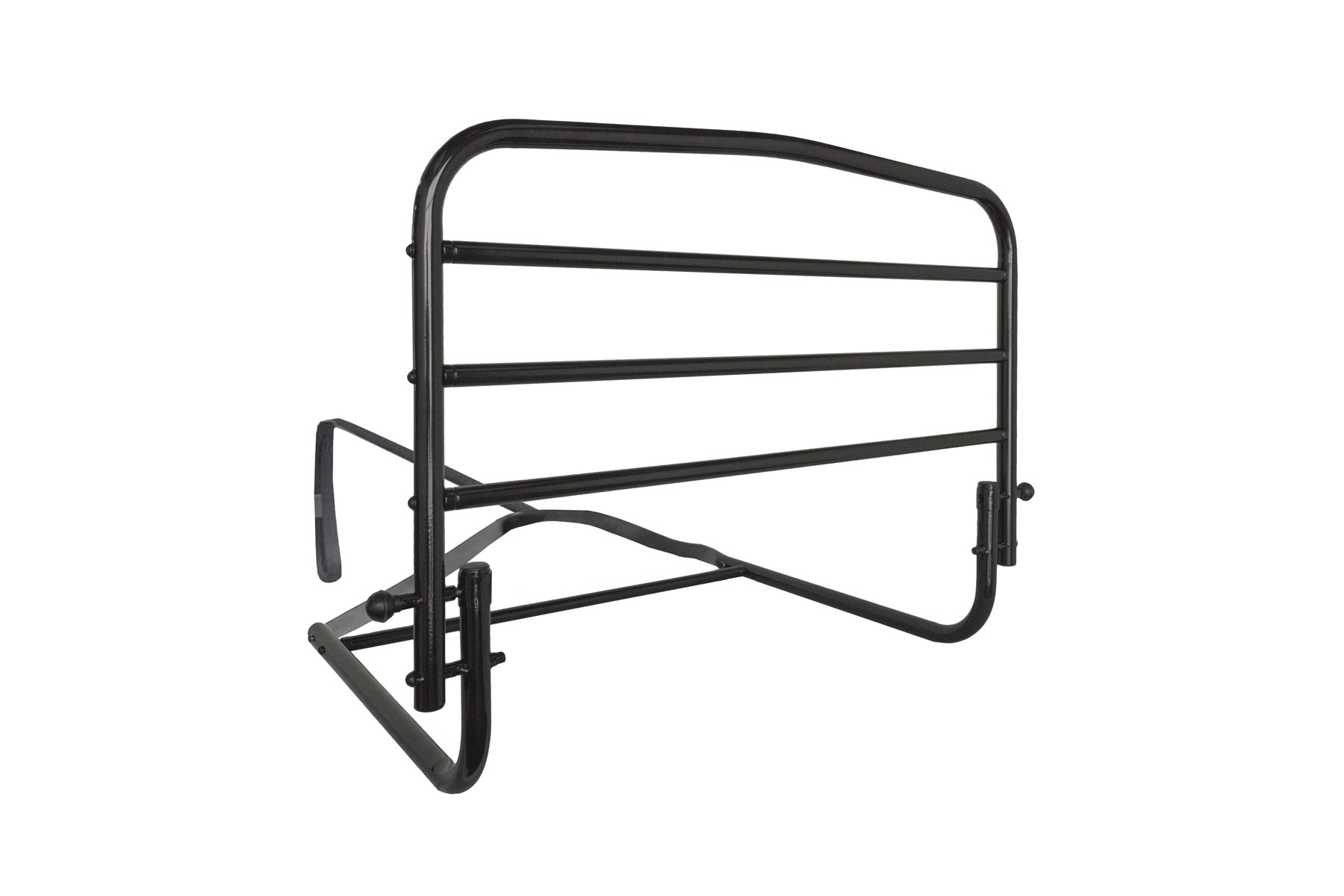A bedroom is our sanctuary. A place where we go on retreat to unwind and relax from the stresses of the day. Although we aren’t awake for most it, it is unsurprising that this hideaway is where we spend most of our time. In fact, the average person spends almost 26 years sleeping in their bedroom. That’s 9,490 days or 227,760 hours! This doesn’t even factor in the seven additional years we spend in our beds just trying to get to sleep!
The importance of getting adequate sleep is something we can all agree on, and this remains true the older we get. Unfortunately for many older adults, bed mobility challenges become a real problem that prevents much-needed sleep. Simple problems like joint pain, decreased flexibility, night-terrors, and Sundowning Syndrome can contribute to dangerous falls from bed. When these challenges present themselves, it can become impossible to enjoy a good night’s rest.
Subscribe to our Newsletter
The same also can also be said for caregivers. A caregiver is all too familiar with restless nights spent worrying about a loved one who is at risk for falling out of bed. A popular and effective way to combat such challenges and instill peace of mind for both loved one and caregiver is through the use of bed rails.
Bed rails come in all shapes and sizes and can be used for various purposes. Such a large range of options can make it difficult to pinpoint the bed rail most effective for your situation. When looking to rent or purchase a bed rail for yourself or for a loved one, it is important to have a basic understanding of how bed rails work.
An essential piece to pre-bed rail purchase homework is learning about entrapment. Entrapment is a situation where an individual can become caught in the tight spaces around the rail. Reputable manufacturers ensure that their bed rails meet guidelines set forth by the U.S. Food and Drug Administration for reducing the seven risks of entrapment. As a showing of compliance, bed rails that meet FDA Guidelines will be accompanied by manufacturer recommendations regarding bed types and mattress thicknesses. If a product listing is not forthcoming about such recommendations, it is safe to assume that the proper steps were not taken to comply with entrapment guidelines. To reduce the risk of entrapment, it is crucial to follow the recommendations set forth by the manufacturer regarding bed type, mattress thickness, and rail placement.
With so much to think about, it can be intimidating trying to find the perfect bed rail. To make the process easier, we have created our Bed Rail Buying Guide, a six-question quiz that will help narrow down the safest and most effective bed rails for your situation. But before taking the quiz, let’s go over five main questions you should ask yourself when buying a bed rail.
What is the intended purpose of the bed rail?
All bed rails are designed for three purposes: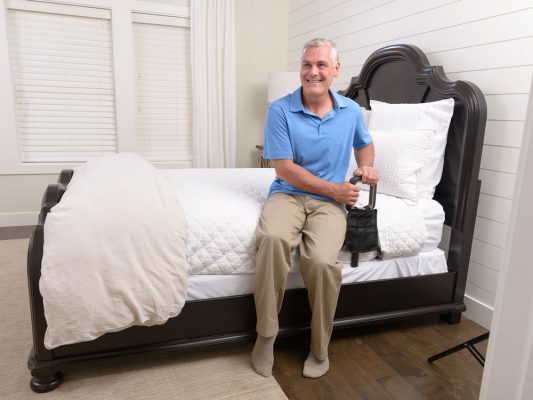
-
- To assist the user in repositioning him or herself while lying in bed
- To reduce the risk of falling out of bed during the night
- To provide reliable assistance when transferring to and from the bed
It would be unfair to say that every bed rail completely satisfies all three purposes. To further illustrate this point, we can assign most bed rails to one of two categories: 1) safety railings or 2) bedside handles.
Safety Railings:
Safety railings are intended to decrease the risk from falling out of bed during the night. These railings generally span the length of the bed and are most often associated with what is seen on hospital beds. These rails are most commonly correlated with long-term care.
Bedside Handles:
Bedside handles are generally smaller with a lower-profile design. Their intended purpose is to offer sturdy support when transferring in and out of bed. Bed handles are usually used by those recovering from injury or surgery and need short-term assistance.
You may find yourself in a category needing both fall prevention and transfer assistance. For such occasions, we recommend the EZ Adjust Bed Rail, the most versatile bed rail available. This bed rail can adjust in length from a bedside handle at 26 inches long to a full-sized safety railing of 42” long. With a versatile adjustment range, the EZ Adjust Bed Rail can offer both full fall protection and transfer assistance.
What type of bed do you own?
Bed rails are designed to be used on traditional flat surfaces as to ensure that all possible zones of entrapment are mitigated. This means that bed rails are most safely used on traditional beds with mattresses that sit on box springs or slats.
Institutional beds (or long-term care beds) that pivot at specific joints can present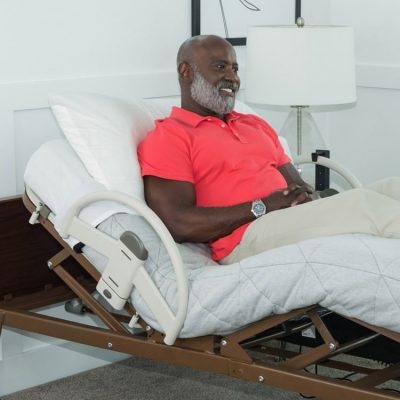 entrapment dangers caused by the different angles in the mattress. Stander’s new EZ Click LTC Bed Handle (shown right) is the only bed rail that overcomes all seven entrapment zones on an institutional bed. The EZ Click LTC Bed Handle clamps onto the metal bed frame and comes in a pair of two bed handles.
entrapment dangers caused by the different angles in the mattress. Stander’s new EZ Click LTC Bed Handle (shown right) is the only bed rail that overcomes all seven entrapment zones on an institutional bed. The EZ Click LTC Bed Handle clamps onto the metal bed frame and comes in a pair of two bed handles.
Hospital beds are generally accompanied by bed rails that are produced by the same manufacturer and designed specifically for use on that bed. Regular adjustable beds, or beds with platforms that adjust the angle of mattress that are commonly found in homes, can void a bed rail’s safety measure and create additional zones of entrapment. For such adjustable beds, we recommend using an alternative solution. The Security Pole and Curve Grab Bar has been used for nearly 20 years to provide transfer assistance in and out of bed. The tension-mounted design allows it to be temporarily installed next to a bed and supports up to 300 pounds.
How thick is your mattress?
Another way to help avoid entrapment is by following the manufacturer’s recommended mattress heights. Because most bed rails are installed below the mattress, the mattress thickness can affect the level of protection provided by the bed rail.
For example, If a bed rail intended for a mattress 8-16 inches thick is installed on a mattress of 20 inches, the bed rail will provide an insufficient amount of railing above the mattress to effectively prevent falls. Likewise, a bed rail purchased for a mattress that is too short for its intended use can create gaps below the railing.
Reputable bed rail manufacturers will clearly indicate intended mattress thicknesses on product pages and packaging. To ensure compatibility, be sure to measure your mattress thickness before purchasing.
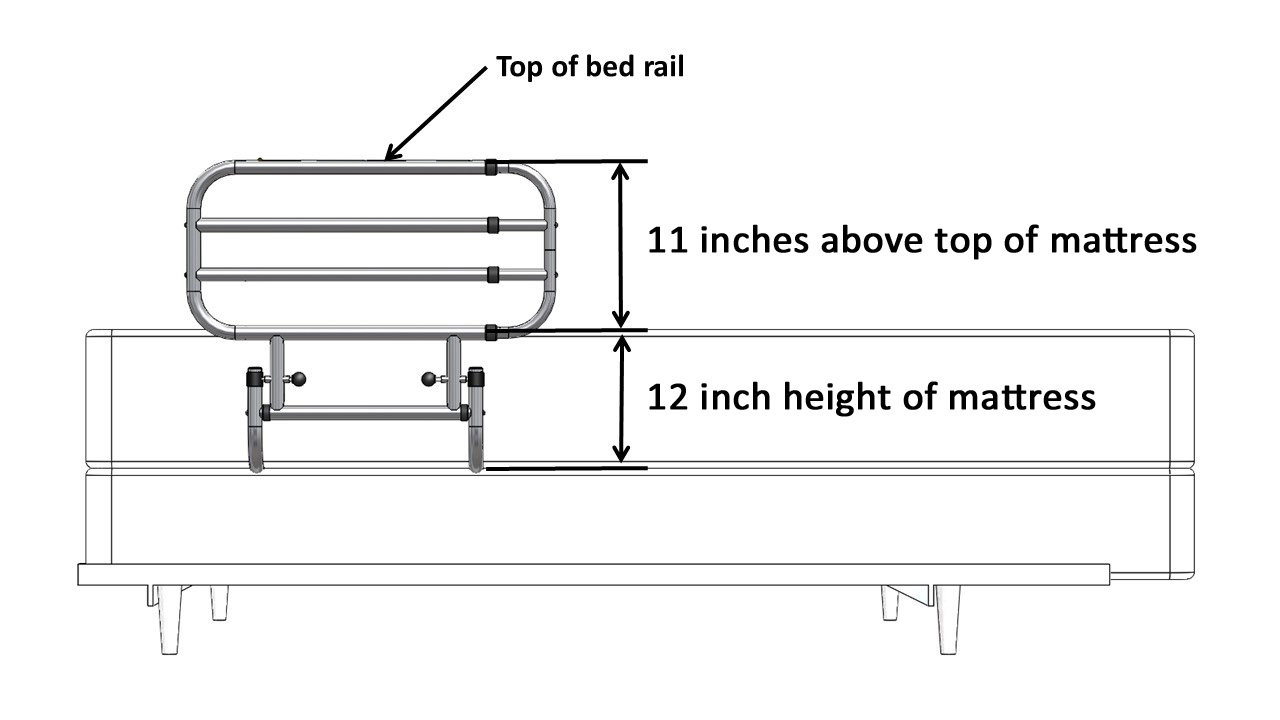
What is your preferred weight capacity?
Just like any piece of durable medical equipment, bed rails are designed and meticulously tested for defined weight capacities. The majority of bed rails have weight capacities of 300 pounds, but we recommend double checking product listings and ensuring adequate weight support before purchasing.
If you are in need of bariatric support, there are various bariatric bed rails available that support up to 400 pounds. For instance, the Stander Prime Bed Rail Series features two bariatric options: a full-sized safety railing and a bedside support handle. These bariatric rails can even be accessorized with a swiveling over-the-bed table!
Will you need a bed rail away from home?
We often see bed rails as permanent fixtures of the home, so what are we to do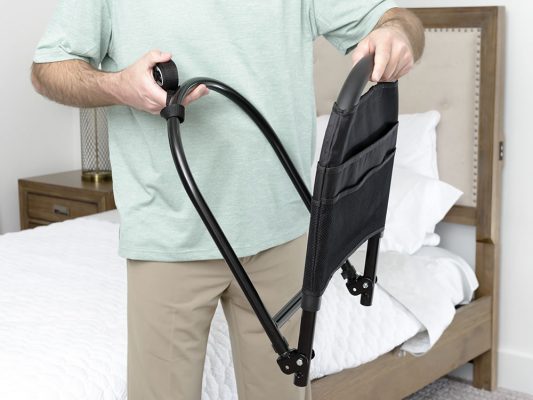 when traveling on vacation? There are several bed rail options designed to be small, foldable, and lightweight to make it easy to take with you on vacation. If you are planning on traveling frequently, we recommend purchasing a portable travel rail separate from the rail that is used at home.
when traveling on vacation? There are several bed rail options designed to be small, foldable, and lightweight to make it easy to take with you on vacation. If you are planning on traveling frequently, we recommend purchasing a portable travel rail separate from the rail that is used at home.
The Bed Rail Advantage Traveler for example folds in half to fit in a suitcase while also supporting up to 400 pounds. If you are looking for something lighter and smaller, the Bedside Econorail weighs just 1.5 pounds and can be broken down in seconds using a simple snap-button assembly.
The Bottom Line
Bed rails can be effective tools for providing peace of mind, better sleep, and safer mobility for anyone needing assistance around the bed. Like any assistive device, it’s important to find the right fit for your needs and environment. For that reason, we suggest paying close attention to the manufacturer’s recommendations regarding bed type, mattress height, and weight capacity to find the bed rail that best aligns with your needs and your bed.
For further assistance, don’t forget to take our Bed Rail Buying Guide quiz, where we can match you with your best bed rail options in less than a minute. Over the years, Stander has innovated 12 bed rails with more in the works! We pride ourselves in providing innovative, attractive options that cover ever need and ever budget. If you have questions about any of our bed rails, please reach out to us using our chat tool in the lower right hand corner. Our team is well-equipped to answer any questions to help you find your perfect bedside helper. Happy bed rail hunting!

